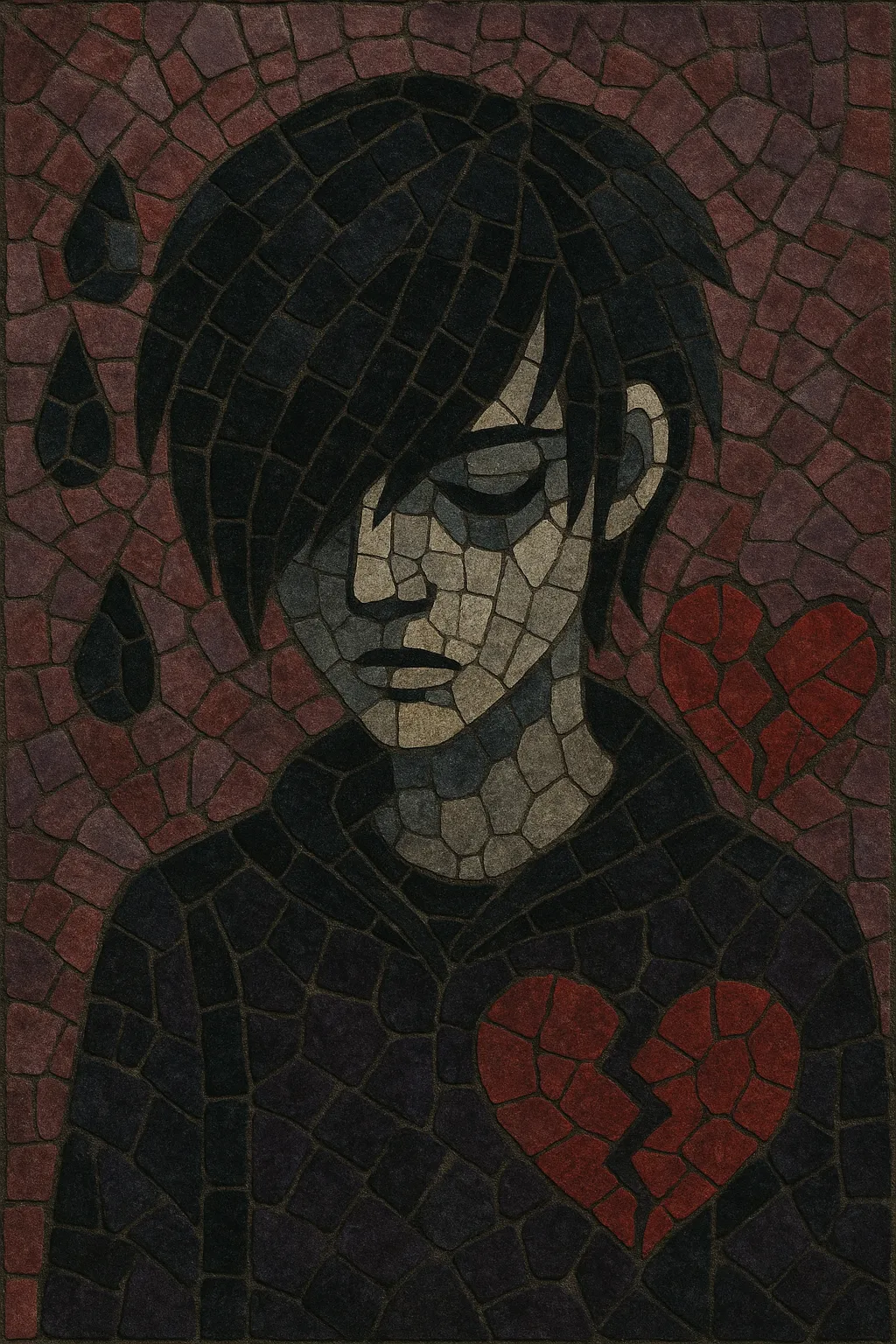Emo is a rock subgenre that emerged from the mid-1980s Washington, D.C. hardcore punk scene as “emotional hardcore” (often shortened to emocore). It retains punk’s urgency but foregrounds confessional, vulnerable lyrics and dramatic dynamic shifts.
Across its eras, emo has encompassed several distinct sounds: the intense, cathartic D.C. style; the melodic, guitar‑intricate “Midwest emo” of the 1990s; and the 2000s mainstream wave that blended emo’s lyrical candor with pop‑punk hooks (often called “emo pop”). Common musical traits include intertwining clean and overdriven guitars, intricate arpeggios and counter‑melodies, elastic song structures, and vocals that range from intimate murmurs to raw, impassioned shouts.
Emo began within D.C.’s hardcore punk community, where bands such as Rites of Spring and Embrace injected personal, introspective themes and pronounced dynamics into punk’s speed and volume. The scene, centered around Dischord Records, resisted the “emocore” tag even as the style differentiated itself through cathartic performances, melodic undercurrents, and lyrics exploring vulnerability, relationships, and interior life.
In the early-to-mid 1990s, the sound migrated and evolved through the American Midwest. Bands like Cap’n Jazz, Braid, The Promise Ring, Mineral, Sunny Day Real Estate, and American Football emphasized twinkling clean guitars, suspended and add9 chords, off‑kilter rhythms, and more spacious arrangements. This “Midwest emo” intertwined with indie rock, math rock, and post‑rock aesthetics, favoring melodic interplay and reflective, diaristic songwriting.
Around the early 2000s, emo crossed over as bands such as Jimmy Eat World, Dashboard Confessional, My Chemical Romance, Taking Back Sunday, and Fall Out Boy fused emo’s confessional voice with pop‑punk energy and radio‑ready hooks. Visual style and youth subculture became highly visible, Warped Tour amplified the scene, and the term “emo” was broadened in media discourse—sometimes controversially—to encompass a wide swath of pop‑punk and alternative rock.
An "emo revival" spotlighted new and reuniting acts drawing from 1990s Midwest textures, with DIY labels and online communities supporting international scenes. Emo also hybridized with hip‑hop to form emo rap, and extreme offshoots like screamo and emoviolence continued to thrive in underground circuits. Today, emo functions as both a historical lineage and a flexible vocabulary of melody, dynamics, and emotional directness across guitar music and beyond.
Use two electric guitars, bass, and drums. Favor a blend of clean and lightly overdriven tones; chorus, delay, and reverb help create shimmering “twinkly” textures. Arrange guitars in interlocking parts—one handling arpeggios and counter‑melodies while the other adds chords, octave lines, or dynamic swells.
Lean on suspended (sus2/sus4) and add9 sonorities, open‑string voicings, and modal inflections (often mixing major/minor color). Midwest emo frequently employs alternate tunings and capos to access ringing open strings and unusual chord shapes. Cadences may avoid hard resolutions to preserve emotional tension.
Keep drums nimble and dynamic, shifting between delicate rim‑click grooves and surging choruses. Incorporate syncopation, occasional odd meters (e.g., 5/4, 7/8), and stop‑start breaks. Use wide dynamic curves—quiet, intimate verses contrasted with explosive refrains—to heighten catharsis.
Craft vocal lines that feel conversational yet emotive, with room for breath and phrasing. Delivery can range from soft, confessional singing to impassioned shouts; gang vocals appear in more anthemic moments. Write diaristic, concrete lyrics about relationships, self‑doubt, place, and memory; specificity (names, dates, neighborhoods) often enhances authenticity.
Combine verse–chorus structures with bridges and instrumental interludes, or adopt through‑composed arcs that mirror lyrical narrative. Spotlight guitar motifs: introduce a signature riff, vary it in the bridge, and return with heightened intensity in the final chorus or coda.
Early emo thrives on raw, live‑room energy; later styles can use polished, radio‑ready mixes. Keep drums punchy but not over‑compressed, preserve guitar clarity, and allow headroom for dynamic swings. Subtle room or plate reverbs maintain intimacy without masking detail.
For Midwest emo, emphasize clean arpeggios, jangly counterpoint, and math‑leaning rhythms. For screamo/emoviolence, intensify tempos, add dissonance, and employ screamed vocals. For emo pop, tighten structures, raise tempos slightly, and foreground memorable hooks while keeping the lyrical candor.


